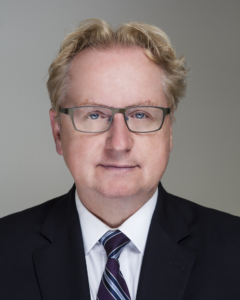On Nov. 3, Nature Communications published research by Steve Kay, PhD, DSc, director of convergent biosciences and university professor of neurology, biomedical engineering and quantitative and computational biology, and Meng Qu, PhD, research associate in the Kay Laboratory, revealing the molecular mechanisms underlying the tissue-specific regulation of circadian physiology by the circadian clock.
Evolved by almost all living creatures, the circadian clock helps organisms synchronize their behavior and physiology to the correct time of the day, regulating activities like sleep, feeding, hormone secretion, metabolism, and immune responses. In primates, more than 80% of protein-coding genes exhibit circadian transcription, a rhythmic expression program that is controlled by the transcription factor BMAL1, and its partner CLOCK.
In the current study, Kay, Qu and researchers at the University of California, Riverside, showed that HNF4A, a tissue-specific nuclear factor, remodels tissue-specific chromatin accessibility across the liver genome, which subsequently guides the recruitment of BMAL1 to the target genes. Notably, the HNF4A-dependent positioning of BMAL1 binding sites tends to be at genes involved in key liver-specific functions, including glucose and cholesterol metabolism.
The findings may provide mechanistic insights into dysregulated circadian rhythms now found in liver cancers and many other disease states.
